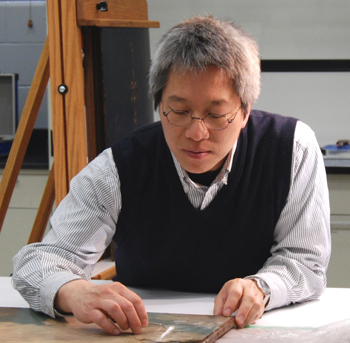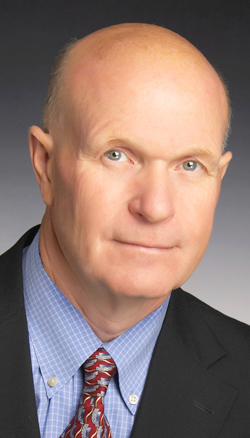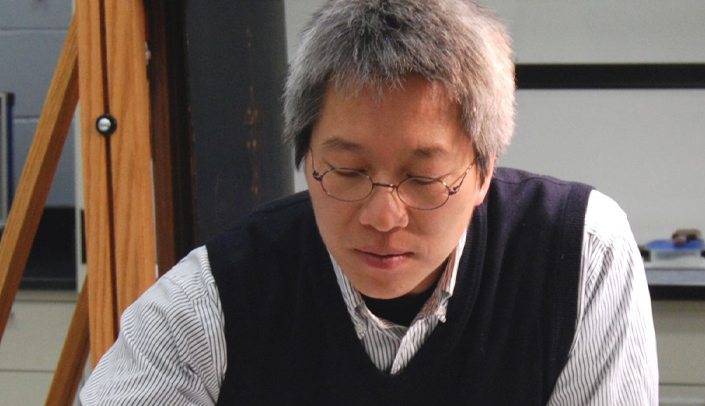 |
Kenneth Be, head of paintings conservation at the Gerald R. Ford Conservation Center |
An intriguing recent collision of art and science will be the crux of the next Omaha Science Cafe at 7 p.m. June 3 at the Slowdown, 729 N. 14th St.
Kenneth Be, head of paintings conservation at the Gerald R. Ford Conservation Center and James Temme, associate professor and director of the radiation science technology division in UNMC’s School of Allied Health Professions, are the featured speakers.
Be will give an overview of technical examinations used in the art conservation studio and discuss an interesting restoration project of an 1899 painting — “Pearl of Venice,” by Thomas Moran — by the Joslyn Art Museum. The restoration is the subject of a special display at the Joslyn this summer.
 |
James Temme, Charles R. O’Malley Endowed Chair in Radiation Science Technology Education |
Science Cafes involve a face-to-face conversation with a scientist about current science topics. They are open to everyone (21 and older), and take place in casual settings like pubs and coffeehouses. Each meeting is organized around an interesting topic of conversation. A scientist gives a brief presentation followed by a question and answer period.
Pizza will be provided by The Nebraska Coalition for Lifesaving Cures for the first 50 people. For more information about Science Cafes, click here. Podcasts of previous Science Cafes also are available on the website.
